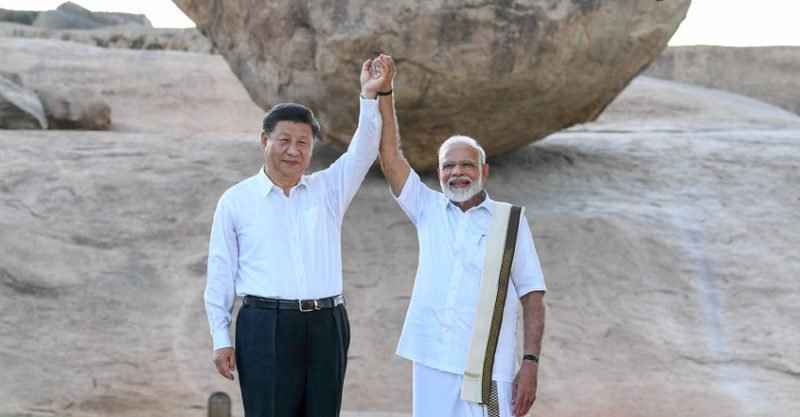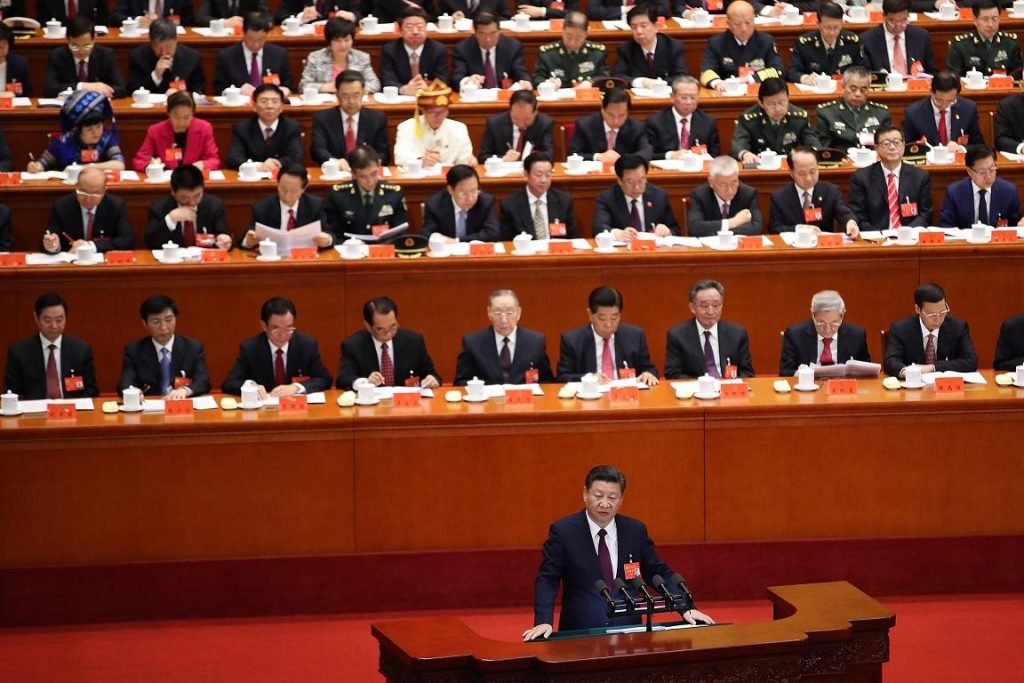Gauging the India-China relationship in the long term

If there is one relationship in Indian diplomacy that has kept India on tenterhooks it is the Indo-China relationship. Starting from the phrase “Hindi Chini Bhai Bhai” during the Nehru-Zhou Enlai era, the current relationship is marred by uncertainties and distrust due to the changing geopolitical profile of both nations. India has come a long way from being under brutal colonial rule signified by widespread hunger, poverty, and illiteracy to being the fastest economy in the world with a strong strategic outlook. Similarly, China too came out of its past of Civil war and warlordism to being the second largest economy in the world and a world-class battery of military forces with an ambition to reclaim its rightful position in the current world order.
Against this competing rise of both nations in a crowded Asian neighbourhood, the deadly clashes at Galwan in Ladakh mark a new low in the Indo-China relationship. It led to the 20 Indian soldiers attaining martyrdom while the casualties on the Chinese side remain unknown. The Chinese Peoples’s Liberation army illegally occupies vast swathes of Indian territories in Depsang plain, hot springs, and Pangong Tso lake. Subsequently, to resolve the stalemate, sixteen rounds of corps commander-level talks have been held across the borders of both nations but no status quo ante has been achieved to date in critical areas like the Depsang, Hot springs, etc.
The aftermath of this incident
India’s External Affairs Minister Dr S Jaishankar while delivering a lecture at the prestigious Chulalongkorn University described the relationship between the two Asian giants as passing through an “extremely difficult phase” due to the Chinese actions at the border. He said, “At the moment [the India-China] relationship is going through an extremely difficult phase after what China did at the border,”.
EAM Jaishankar was quite right in the assessment. The unilateral action by the Chinese changed the decade-old peace and tranquillity that was established under various agreements and conventions. For the first time whole of the boundary has become live with the actions of the Chinese forces. With a single stroke, the Chinese communist party has broken the trust and mutual understanding that were the important pillars of the ‘Panchsheel’ agreement between the two nations. Former National Security advisor Amb. Shiv Shankar Menon opined that “India-China ties set for hard times over next 5-10 years”. He noted that China is ‘in a hurry to seize a moment of opportunity outlined in its global ambitions. The Chinese side downplayed S. Jaishankar’s remarks by reminding the Indian side to see the relationship in totality. Chinese Foreign Ministry spokesman Wang Wenbin said at a press conference, “China and India maintain smooth communication over the boundary question. And our dialogue is effective.” He further elaborated that China and India are not each other’s threats, but cooperation partners.

Is the Asian Century possible?
During the lecture, S Jaishankar made a passionate appeal for the ‘Asian Century’ to be decided by both India and China. The term ‘Asian Century was first coined by the then premier of China Deng Xiaoping when he met with the then Indian prime Minister Rajeev Gandhi in 1988. “The Asian century will be difficult if India and China don’t come together”, said Jaishankar while delivering a lecture at the university. The remarks hold substance because both India and China are the birth of ancient civilizations with their own culture and history. Both the states are inhabited by a large mass of humanity comprising 36% of the world’s population. The geography of both nations dictates them to be significant player in the Asian subcontinent.
All the above facts suggest both India and China be natural partners in their development objectives. Their fall and rise as a nation will significantly affect the shaping of the rules-based international order.
Does China see India as equal?
China being a revisionist power sees the world in terms of hierarchies. Its conception of world order is based upon the principle of “Pecking order” where nations are arranged according to their material and non-material capabilities. According to the Chinese claim, being a civilizational state with a history of glory they naturally reside at the top of the order. It sees India either being lower in that Pecking order or not even a part of it.

After the Coming of Xi-Jinping at the helm of the Chinese Communist Party, China has become more ambitious and vocal in its aspirations. These aspirations stem from the fact that China of today is much more capable in terms of Economics and Defense, while India is struggling with a below-potential rate of economic growth and anaemic spending on defence capabilities. That suggests a wide asymmetry between both nations in terms of their composite power projections. This is the reason there is scepticism among the wide section of strategic scholars about China not seeing India as an equal partner in the Asian continent. Even if it sees India as a player, it would be a marginal actor playing its role after knowing its requisite place.
All these scenarios point to a rather diminishing future for the Indo-Sino relationship. Former Foreign Secretary of India Amb. Shyam Saran in his book “How China sees the World” highlights the difficulties India is facing while dealing with China. His conception includes the paucity of experts, lack of understanding of China, and the asymmetry in power as major factors. In his concluding remarks in the book, he anticipates a bleak future for China’s totalitarian regime and opportunities for India.


















